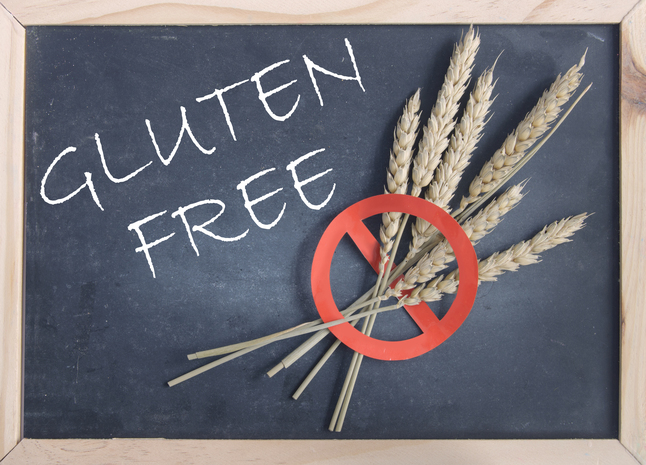Guest post by Kit Broihier, MS, RD, LD Courtesy of the Maine Academy of Nutrition and Dietetics
Lots of folks are more tuned in to whole grains these days, and one would think that those who follow a gluten-free lifestyle would naturally favor whole grains as well. After all, there are plenty of whole grains that don’t contain gluten. But the fact is, lots of people who eat gluten-free are not eating their share of whole grains.
What’s the deal with gluten, anyway?
Gluten is a protein found in wheat, rye and barley, and products made from these grains. Some people with a genetic susceptibility develop disorders that impact their ability to tolerate this protein in their diets. Celiac disease, the most severe of these conditions, causes an immune response that damages the small intestine, leading to several serious health problems, as well as an inability to properly digest food and absorb nutrients. A diagnosis of celiac disease is made by a physician, and since treatment is complete dietary avoidance of gluten, a dietitian is usually involved in the care plan of someone with celiac disease.
For people who do not have celiac disease, but for whom gluten seems to cause problems, gluten sensitivity or gluten intolerance is likely the problem. These two conditions are less serious in that they don’t involve an immune response. However, self-diagnosis is never the way to go and removing gluten from your diet prior to going to your doctor makes it harder to diagnose a gluten-related problem. In addition, consulting your physician is important for ruling out other issues such as Crohn’s disease or a wheat allergy. A gluten sensitivity or intolerance may not require the level of dietary diligence that is necessary for a person with celiac disease, which is fortunate. Again, a dietitian can help you with advice on making dietary changes without short-changing yourself nutritionally.
Finding enough fiber
When one eliminates gluten-containing grains from the diet, getting enough fiber becomes more of a challenge. Why? Wheat-based foods are some of the biggest sources of fiber in the American diet. Avoiding gluten-containing grains sometimes leads G-free eaters to just avoid grain-based fiber sources altogether, which means they need to make an extra effort to find fiber elsewhere.
Sometimes people following a gluten-free diet are reluctant to start eating grains again because they’ve already suffered with GI issues from some grain-based products. That’s understandable. Unfortunately, a lack of fiber is not great for the GI system either, and usually leads to constipation.
Lack of fiber isn’t unique to G-free eaters — most Americans get about half the recommended amount of fiber per day (the Institute of Medicine recommends we get about 25-38 grams per day). What’s the solution? An easy one is to eat more beans. They are gluten-free, easy to incorporate into a variety of dishes and inexpensive. Expanding one’s grain horizon to include unconventional gluten-free grains is another way to bump up the fiber in a gluten-free diet. These grains are nutritious, provide a good dose of fiber and are filling. Nuts and seeds are also a healthy, gluten-free snacking option and are widely available.
Other good stuff about whole grains
There is more to whole grain nutrition than just fiber! Protein, minerals like iron, magnesium, copper, manganese and zinc, as well as a bevy of B vitamins are present in the wide variety of whole grains. Here’s a chart to compare nutrients in grains (the chart contains both gluten-free and gluten-containing whole grains). Whole grains are a whole food and these days, getting a diet packed with whole foods is a definite nutrition trend. Luckily, many supermarkets carry these grains in the “healthy food” aisle, but you can also order them online or get them at specialty food stores.
This post was written by Kit Broihier, MS, RD, LD Courtesy of the Maine Academy of Nutrition and Dietetics.


Leave A Comment